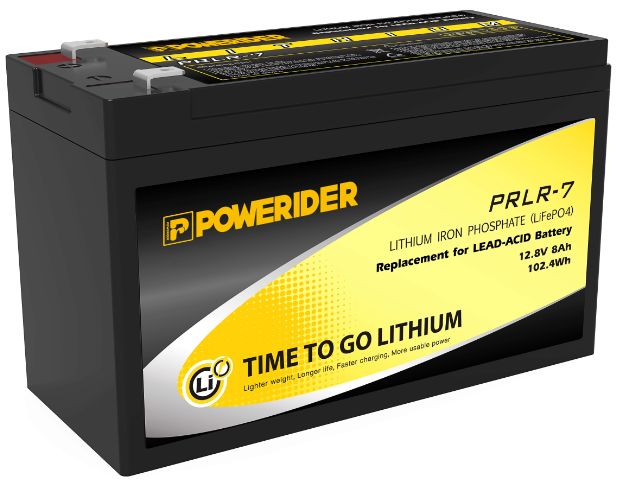
Privacy statement: Your privacy is very important to Us. Our company promises not to disclose your personal information to any external company with out your explicit permission.
The so-called Lithium Battery is composed of two embeddable and removable lithium-ion data as the positive and negative electrodes of the battery to achieve the repeated charge and discharge function of the secondary battery. Lithium-ion batteries rely on the transfer of lithium ions between the positive and negative electrodes to complete battery charging and discharging operations. As the battery is charged and discharged, Li+ moves between the positive and negative terminals. During discharge, the anode oxidises and loses electrons, while the cathode reduces and gains electrons. During charging, the charge moves in the opposite direction.
Lithium-ion batteries are divided into lithium-acid and nickel-acid batteries. Currently, mobile phones and laptops use lithium-ion batteries, commonly known as Li-ion batteries. At present, lithium-ion batteries such as mobile phones are used, and true lithium-ion batteries are not used in everyday electronic products due to their high risk.

In the process of embedding and deem bedding of lithium ions, it is accompanied by the embedding and deem bedding of equivalent electrons with lithium ions (it is common for the positive electrode to be represented by embedding or deem bedding, while the negative electrode is represented by insertion or deem bedding). During the charging and discharging process, lithium ions are embedded/deem bedded and inserted/removed between the positive and negative electrodes, which is vividly called a rocking chair battery.
Lithium-ion batteries have high energy density and high average output voltage. Self-discharge is low, less than 10% per month. No memory effect. Operating temperature range from -20℃ to 60℃. Excellent cycling performance, fast charge and discharge, up to 100% charge efficiency and high output power. Long service life. No environmental pollution, known as green battery.
Lithium-ion Battery Charging Method
A. Pre-charging phase. After the DC power supply is turned on, when the Li-ion battery is detected, the charging chip is started to enter the pre-charging process, during which the charging controller charges the battery with a relatively small current so that the battery voltage and temperature return to normal conditions.
Constant current stage. At the start of charging, the charging circuit will charge the Li-ion battery at a constant current, and most Li-ion batteries will normally select a standardised charging rate. In constant current charging, the battery voltage will slowly rise, and when the battery voltage reaches the set termination voltage, the constant current charging will be terminated, and then the constant voltage charging process will begin.
C. Constant voltage charge. In the process of constant voltage charging, the charging current will gradually decrease, when the monitoring of the charging current falls below the set value or the full charging time timeout into the top cut-off charging, at this time the charge controller will supplement the battery with a very small charging current, under normal circumstances, the process can extend the battery 5%-10% of the use of time.

Privacy statement: Your privacy is very important to Us. Our company promises not to disclose your personal information to any external company with out your explicit permission.

Fill in more information so that we can get in touch with you faster
Privacy statement: Your privacy is very important to Us. Our company promises not to disclose your personal information to any external company with out your explicit permission.